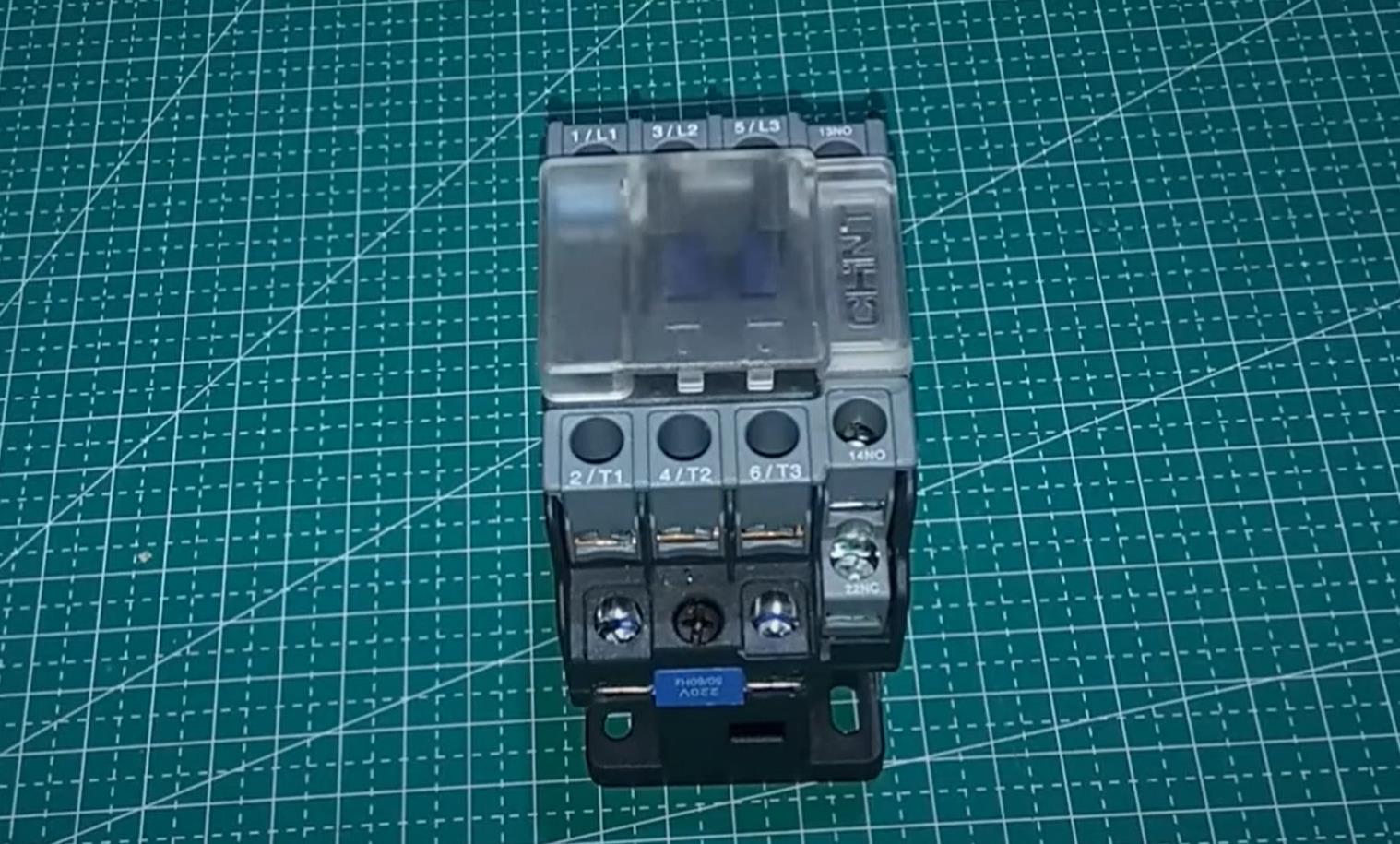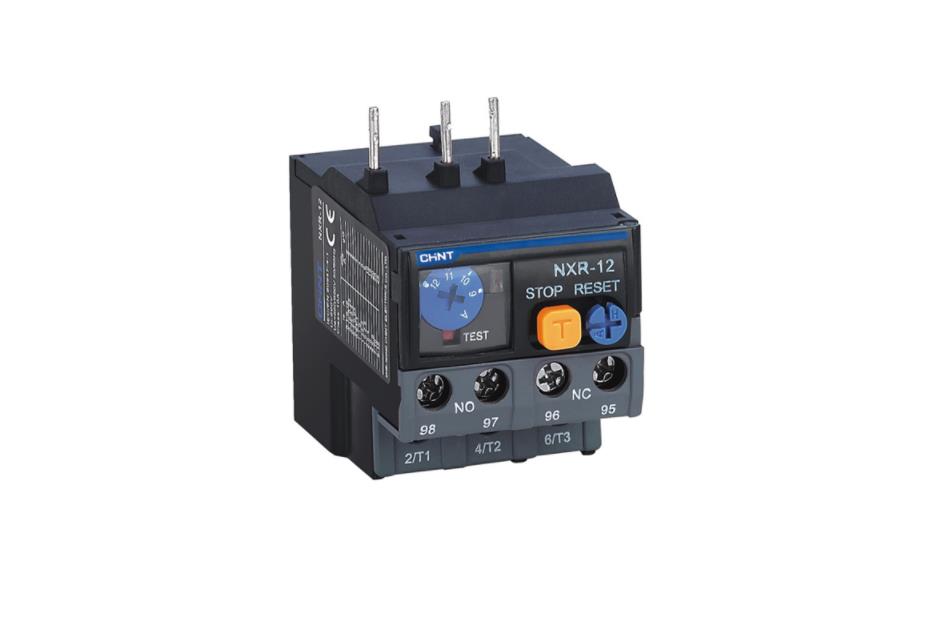Table of Contents |
A thermal overload relay is a safety device used in manual control circuits. The thermal overload uses an electric motor to control its overheated short circuit by switching off the heating circuit when the temperature increases above the set value. This type of thermal overload relay will be used if there is the possibility of a short circuit or continuous high-temperature conditions in an area where it is installed.
A thermal overload relay has two contacts, one normally open and the other normally closed, forming a simple electrical circuit when they meet together to carry out their functions effectively. This article will discuss a guide on thermal overload relay working principle.
What is an Overload Relay?
An overload relay is a safety device that protects your circuit against damage caused by high-power loads. The relay opens if the load exceeds a certain amount, protecting the circuit from destruction.
The simplest version of an overload relays is a single-pole, single-throw (SPST) switch. This type of relay has only one position or position that can be set, and it responds to a single-step input signal from the load or source.
To use a relay, you must first know what type of circuit you are protecting. For example, if you have an electric stovetop, it will be much safer to use an relay than a second tripping switch near where the stovetop cord attaches to its power cord.
Suppose you have an electrical outlet that has multiple circuits going through it. In that case, you can also use overcurrent protection devices such as overcurrent fuses or shutters to protect individual circuits from damage caused by overloading them with too much current from other circuits coming into contact with them simultaneously.
What Is the Function of Thermal Overload Relay?
A thermal overload- relay is a relay designed to protect electrical systems from overheated conditions. It does not shut off power to the circuit but instead senses when the current has reached a high enough level and opens, allowing the motor to continue to run.
Thermal overload relays protect motors, transformers, and other electrical devices from overheating. These relays are often installed at points where there is an electric circuit with several devices on it. If one of these devices overheats, it can cause damage to itself or other parts of this circuit. The thermal overload -relay has three main functions:
- It senses heat buildup in motors and other electrical devices on a circuit and activates an alarm if it reaches a preset temperature level.
- It acts as a switch that allows electricity from one part of the circuit to pass through while preventing it from passing through another part of it. This prevents damage caused by overheating or overloading from damaging any other components in the system.
- It protects against voltage fluctuations caused by lightning strikes and power outages that could cause damage to sensitive electrical equipment within your home or building.
Different Kinds of Relays
Thermal overload- relays are typically called upon during dangerous and catastrophic power spikes. If a person or device draws too much output power, it could cause malfunction. Thermal overload-relays can save your devices and ensure systems do not go haywire. Here are some different kinds of relays:
Bimetallic Thermal Relays
Bimetallic thermal relays are electronic relays that use two dissimilar metals in their construction. The two metals are usually made of nickel and iron or steel, but other materials can be used depending on the application.
Bimetallic thermal relays have many advantages over other types of thermal relays. One advantage is that bimetallic thermal relays can handle higher temperatures than thermal relays, making them ideal for high-power transmission or high-temperature heat sources. Another advantage of bimetallic thermal relays is that they require less maintenance than standard thermal relays because they are more durable than common types. This makes it easier to keep track of your bimetallic relay and ensure that it doesn’t become damaged or wear out prematurely due to user abuse or misuse.
Solid State Relays
Solid state relays are solid-state devices that use a semiconductor material as the switch. The thyristor is the most common solid state relay, a three-terminal device with no internal resistance and moving parts. Other types of solid state relays are the triacs, which have three terminals but only one coil, and the SCR, or silicon-controlled rectifier, which also has three terminals with two coils. They are used in applications where speed and reliability are essential.
Solid state have many advantages over their traditional counterparts. They require less power to operate because they do not need any mechanical energy to make them conductive, and they can be more precisely controlled than mechanical switches. However, there are some disadvantages to using solid state relays instead of mechanical ones:
- They are more expensive than mechanical relays.
- They have lower reliability due to their lack of moving parts.
- They can only simultaneously handle small amounts of current (in contrast with mechanical relays).
Temperature Control Relays
Temperature control relays are used to control the temperature of a system. These relay units can control the temperature of any electrical appliance, including air conditioning and heating systems.
A temperature control relay has two outputs that can be connected to two separate circuits. The second output will control the circuit that receives power from the first output.
The amount of power a temperature control relay sends to a circuit is determined by its ratings and how much current it can handle. The most commonly found ratings for these devices are 5 amp, 10 amp, 20 amp, and 30 amp. A higher-amperage rating means that it can handle more power than lower-amperage ratings, but it also means that it will take longer to heat or cool an appliance because there’s more current flowing through it at once.
CHINT Thermal Overload Relay
The Chint Thermal Overload -Relay is a safety device to prevent fires, disable electrical problems, and protect cable systems. It is designed to monitor your electric system’s voltage, amperage, and power factor (PF) feedback. This unit monitors the status of the utility equipment and reports any abnormal conditions of single-phase, three-phase, or multi-phase networks. Here is some chint thermal overload relay.
NXR Thermal Overload Relay
The NXR Thermal Overload -Relay is a small, compact relay that can be mounted inside the panel box. The NXR thermal overload -relay protects your electrical equipment from overloads and overcurrent conditions.
The NXR Thermal Overload- Relay features an integrated circuit with an integrated bypass for high reliability in aggressive environments. NXR utilizes a unique design that includes an internal bypass switch, eliminating potential damage from an open circuit or short circuit condition. This unique design allows the device to be used in applications where other relays would not be able to handle situations such as those found in harsh environments or short duty cycles.
NR8 Thermal Overload Relay
The Chint NR8 thermal overload -relay is an excellent solution for applications where a relay is needed to protect against the possibility of a short circuit. The NR8 thermal overload- relay is ideal for industrial, commercial, and residential use.
The Chint NR8 thermal overload-relay protects both continuous duty and momentary applications. The NR8 thermal overload relay has been designed as a complete system, with all its components included in the package. It can be easily installed using existing wiring, eliminating the need for additional wiring or conduit.
Wrapping Up
Thermal Overload-Relay works on the principle of thermal expansion, i.e., as the relay detects an increase in temperature and expands, it is pulled out of the mounting base. Thus, it releases contact from push-on contacts that close when connections are withdrawn. In this article, we’ve discussed the thermal overload -relay working principle and CHINT thermal overload -relay products.
















